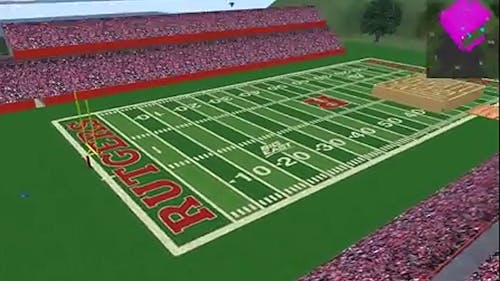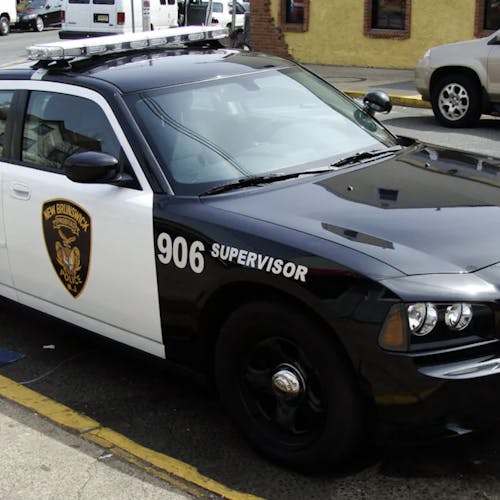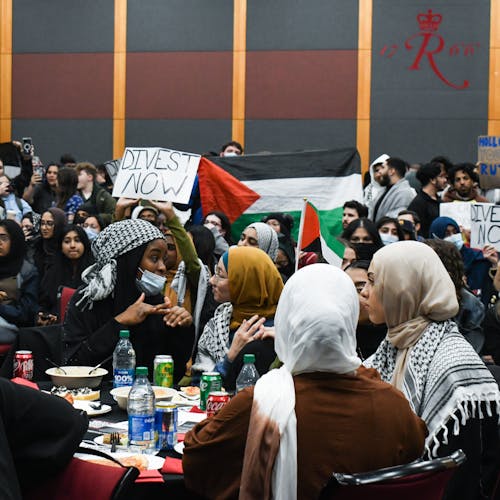Rutgers class uses virtual world to prep students for real world

Students build benches and tables in their “Self and Society in Virtual Contexts” class. They also create objects that fill virtual residential halls. These students have access to what is known as “Second Life.”
“‘Second Life’ is like the Internet itself — you can do anything,” said Jacob Sanchez, a professor in the School of Communication and Information.
Sanchez teaches “Self and Society in Virtual Contexts,” a course that has existed at Rutgers for several years as part of the Digital Communication, Information and Media minor, an interdisciplinary minor in the School of Communication and Information.
The public has had access to “Second Life” for more than a decade now, but recently educators and business professionals have taken up the platform for new purposes.
Mary Chayko, another professor in SC&I who administers the DCIM minor, said students in the minor learn how a variety of digital environments operate and how to be producers and leaders in them.
All six of the minor’s courses are hybrid, meaning they all take place approximately half the time in the classroom and the other half in a variety of online spaces, Chayko said. This offers students great flexibility in scheduling.
“Each course in the minor uses digital technology to examine digital life in digital spaces, so it really is a perfect complement to any major, as students head out to make their mark in a digital world,” Chayko said.
The course explores different aspects of identity and society by interacting with classmates once a week in the classroom and once a week as avatars in the virtual world, “Second Life.”
Sanchez, who has been teaching the course at Rutgers for three years, said meeting in Second Life once a week allows him and his students to do things that could not be done in the classroom.
The first four weeks of the course focus on group building projects, intended to help students learn the uses of “Second Life.”
“It’s like an open world where you can go wherever you want and build whatever you want,” he said. “It’s really what you make of it.”
Nadav Lipkin, a part-time lecturer who also teaches the class, said “Second Life” portrays a highly accurate representation the student center and grease trucks on the College Avenue campus.
During the last eight weeks of the class, students go on “field trips” within the virtual world.
They explore museums, malls, role-playing environments and dance clubs in “Second Life” and conduct ethnographic research in these areas.
Sanchez said students are separated into groups that work together to qualitatively observe their virtual surroundings, conducting interviews with other avatars and forming case studies.
All of this is put together into the final video project, which students upload and present within the “Second Life” world.
With any digital technology, there is bound to be issues of connectivity and access, Lipkin said.
Some students may not take the class because they do not have reliable Internet connection.
Other than that, on-campus Internet access is fairly reliable, and these issues do not pose a major problem for students.
“‘Second Life’ is not a perfect program, but if there were a better program, we would be using it,” Lipkin said.
Chayko said some students might have a more difficult time adapting to a virtual world than others do.
“It takes a while to learn the mechanics of building virtual environments — it takes patience and creativity,” Chayko said.
Sanchez said the first few times he and his students meet in person, he spends a lot of time instructing them on how to use “Second Life.”
From there, in-person class meetings revolve around concepts of privacy, disclosure, identity, sexuality, economics and other theories relevant within virtual contexts, Lipkin said.
The course is useful because it gives students the opportunity to collaborate with their classmates in both digital and physical environments, Chayko said.
“It provides an interesting perspective on how identities and societies are actually constructed,” she said.
There are many things to be gained in exploring digital environments of all kinds. Students develop skills and groups and form networks, which will give them a leg up when navigating the world of digital work and relationships.
As digital networks like Facebook, Twitter and “Second Life” become an everyday part of life, digital relationships are falling into place.
“In the future, I think a lot of people are going to find spaces like ‘Second Life’ very beneficial,” Lipkin said. “It’s just another way of learning.”



